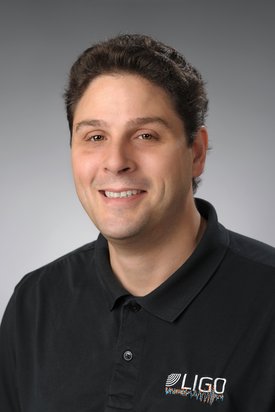
Stefan Ballmer
DEPARTMENTS
- Physics
Professor and Director for the Center for Gravitational Wave Astronomy and Astrophysics
CONTACT
-
263-5 Physics Building
Email: sballmer@syr.eduOffice: 315.443.3882
CV
Entries in the areas listed below (other than biography and books) are selections delimited to the last five years. Consult the faculty member’s biography, listed website(s) or CV for additional information.
